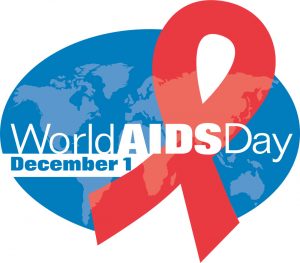 Saturday, December 1, is World AIDS Day; no matter how you spend the day, the MHL will be making historical medical resources available for researchers of all kinds.
Saturday, December 1, is World AIDS Day; no matter how you spend the day, the MHL will be making historical medical resources available for researchers of all kinds.
Here are a couple of links you may find helpful:
We’ve got 269,122 items in the MHL and the number is growing every day! Here are some of our latest additions:
Check out all our latest additions here!
Many of us know one of the most popular methods of taking quinine was in a drink — if you watched Jewel in the Crown in the 1980s, you may even specify the drink as a gin and tonic. The liquor — of whatever kind — helped to cover the bitterness of the quinine, thus making a vital medicament palatable. Robert Robertson took it a step further and imagined quinine-laced baked goods.
The Walcheren campaign (1809) took place during the Napoleonic wars in Europe; this particular campaign left British military forces stranded in a swampy region of the Netherlands. Troops were exposed to malaria-bearing mosquitoes as well as other sources of remitting fevers. Quinine was in short supply and the campaign — such as it was — ended in an ignominious British withdrawal.
Robertson considers whether quinine might have been more effectively delivered to the troops — always assuming they had enough of it, of course — as a pastry: quinine-laced gingerbread.
Wondering how to make your Halloween party really memorable this year? Try making Pepper’s ghost! You can find detailed instructions in John H. Pepper’s The true history of the ghost (1890):
If you’re in the US, you may be like us and just coming into the last day of the long Labor Day weekend. Lots of folks choose this weekend for a “last” beach trip, anticipating the arrival of colder weather and academic schedules. Maybe you’ve been to your local beach this weekend or are planning to spend today there: if so, we’ve got some titles for you to take along!
Philip Gosse’s 1845 publication The ocean, printed by the Society for Promoting Christian Knowledge (London, England), was designed to tell the student everything they could want to know about an ocean, any ocean. Gosse starts with “The Shores of Britain” and works his way through the the seas of the world, wrapping up with “The Indian Ocean.” Along the way, Gosse illustrates his text with a variety of images, alerting readers to things they might see on their visit:
It’s a rather gloomy Monday here in Boston, so we decided to go with a classic exploration of, well, gloom.
…we offer you The Life Story of a Fowl (1908).
Check out all our titles on spas!
Including…
Drop “Valentine” into the search box on the MHL’s Internet Archive page and you get some interesting results. Lots on nineteenth century physician Valentine Mott, as you might imagine, but also items about a blind child prodigy, Valentine Miller and a 1909 warning on the perils of venereal disease from the AMA.
You can also flip through F. C. Valentine’s 600 Medical Don’ts and, if you’re tired of reading, watch a compilation of Marlboro commercials!
The Biodiversity Heritage Library is an open access library for biodiversity literature and archives. The BHL currently has over 130,000 thousand volumes and you can learn more about the history of the BHL and the project partners here.
Library assistant Elizabeth Meyer has written a fascinating post about a title that the BHL and MHL share: John Forbes Royle’s 1837 volume, An essay on the antiquity of Hindoo medicine, including an introductory lecture to the course of materia medica and therapeutics, delivered at. King’s College.
You can see more of Royle’s writing in the MHL and see more from the BHL staff on their blog.